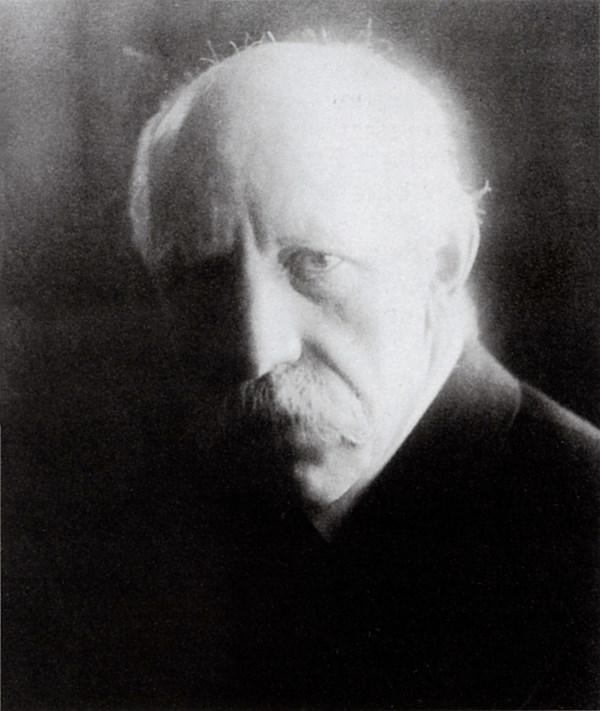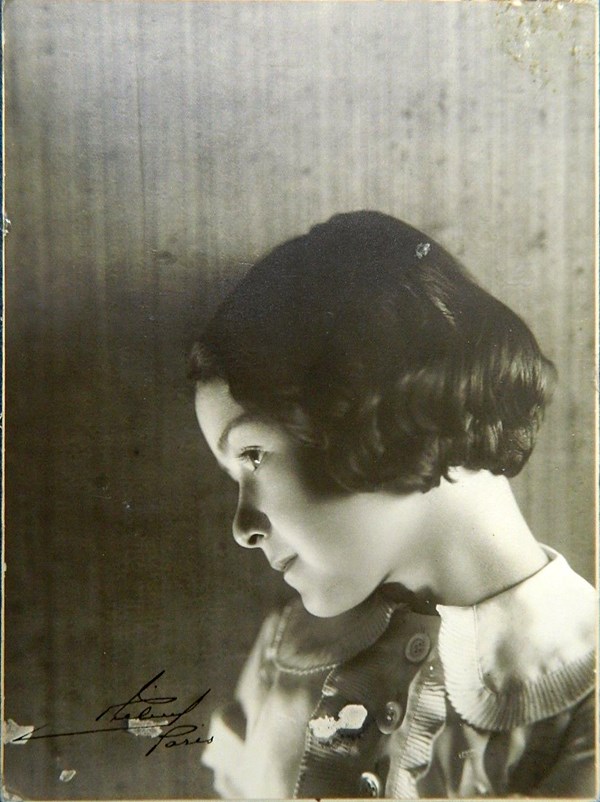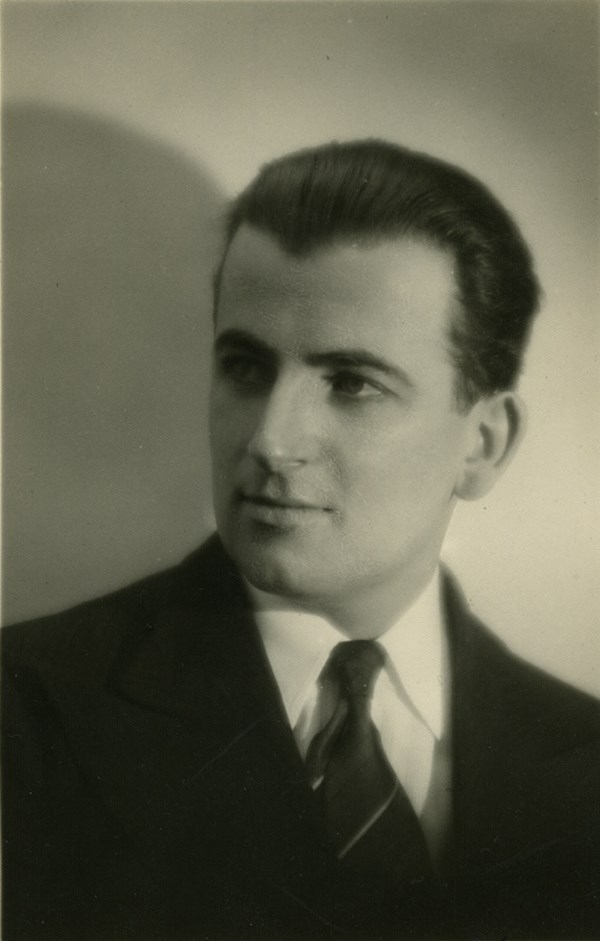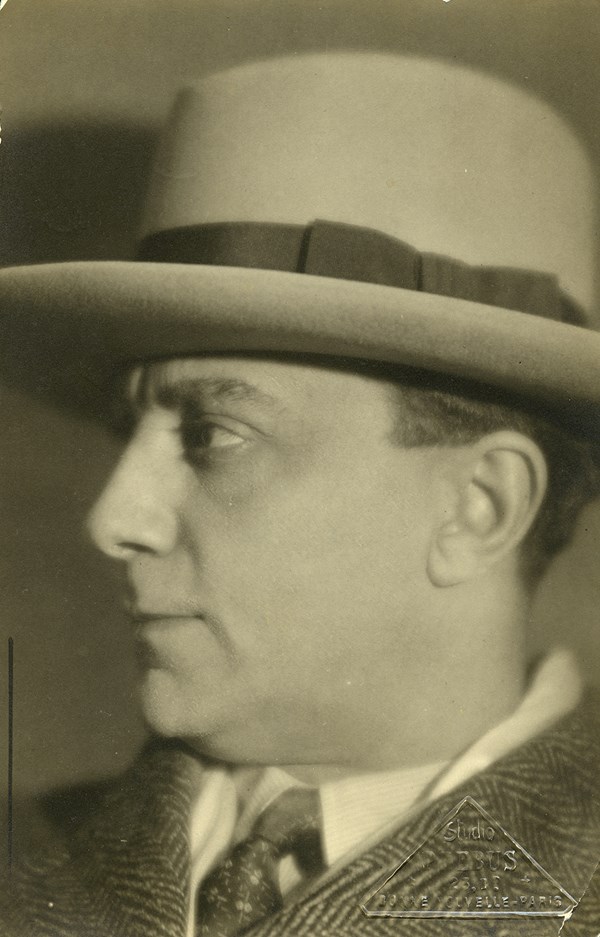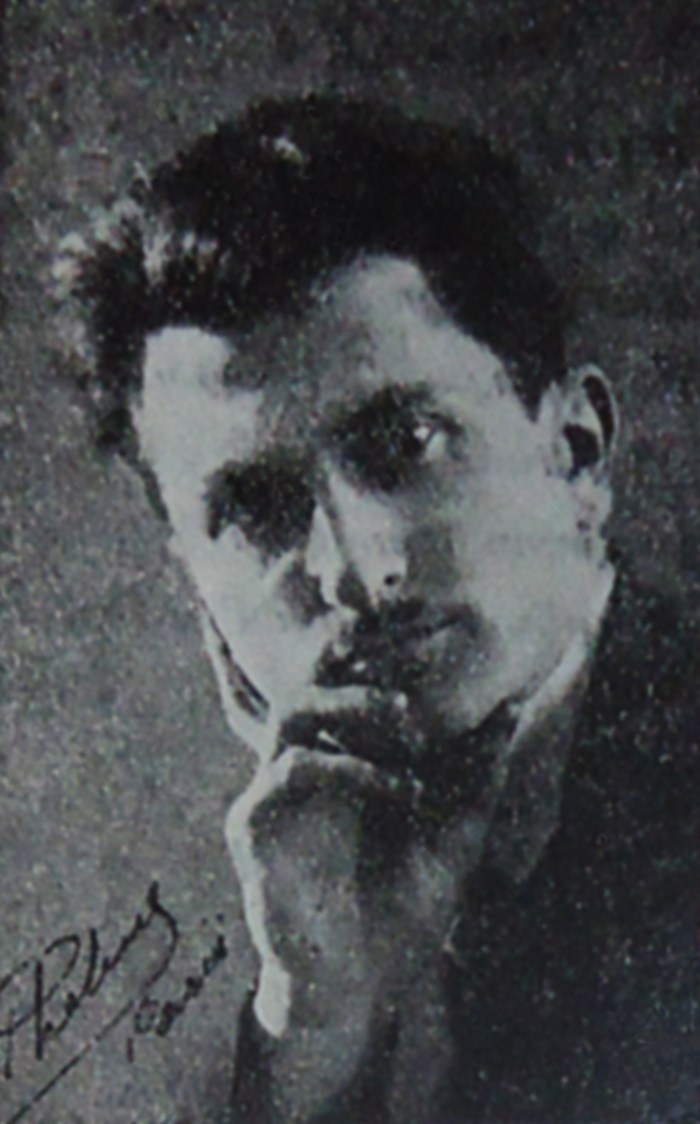
Hakob Stepani Semerdjian
1898 - 1955
1920 - 1940s
From 1920s onwards, Paris, just like Cairo, Alexandria and Beirut, became the new refuge for many of the Armenian photographers who had survived the Genocide or were already migrating from nationalist Turkey. Undoubtedly the most prominent of these Paris-based photographers was Hakob Semerdjian.
After losing his father, Hakob received his secondary education at the Yesayan College in Istanbul and, while still a teenager, worked as apprentice with the photographer Aram Balyan at the latter’s KadIköy studio ‘Venus’.(1) In 1922, just like many of the other Armenian residents of Istanbul, he was forced to leave the city together with his family and relocated to Paris. The young immigrant did not remain idle here for very long and soon found a job at one of the most famous Parisian studios – as an assistant to the official photographer to the French government at the time, Henri Manuel. Thanks to his talent and assiduousness, Semerdjian shortly ascended to the level of a studio ‘operator’, a position that allowed him to photograph the customers independently. Having fully absorbed Manuel’s popular technique of glamour portraiture, Semerdjian decided to open his own studio. Called Phèbus, it was initially located on boulevard Poissonniere in Paris, in the mid 1920s and later moved to 23 Bon Nouvelle boulevard address at the beginning of the 1930s.(2)
Semerdjian’s studio provided different kinds of photographic services. Besides family, solo, promotional or other types of portraiture, he also photographed architecture, fashion, took advertising shots for cinema and theatre, as well as genre scenes and motifs intended for postcards. In parallel to this commercial activity, Semerdjian frequently collaborated with the French press as a correspondent. He also prepared portraits for practically all of the Armenian artists and intellectuals living or working in France at the time, as well as documenting various events held by the local Armenian organisations. Arshak Tchopanian, Vahram Papazian, Yervand Kotchar, Nubar Pasha along with hundreds of film and theatre actors had their portraits taken at Semerdjian’s studio. The photographer was closely integrated with the French-Armenian artistic circles and had participated as an artist in various exhibitions held by the Parisian groups of Armenian artists. It should be noted that Semerdjian also aided his compatriots who had emigrated from Turkey, some of whom, such as the novelist Shahan Shahnur, went on to work for him as assistants and retouchers.(3) Representatives of the French government and political figures constituted a particularly important segment among the photographer’s clientele and, for a number of years, Semerdjian served as something of an official photographer to the Elysian palace.(4)
Semerdjian’s photographic art formed under the currents of the aesthetic principles that governed the mass visual culture of his time. Closely adhering to the stylistic tenets of art nouveau and art-deco movements in his portraiture, he was primarily interested in creating strikingly ‘performative’ image-mask for his subjects. In this way, the photographer was not so much revealing the ‘hidden’ personality and character, but was rather trying to build and bestow it through his portraits. In the portraits he made between the 1930s-40s, we can also sense the impact of modernist photography. The cropping of his photographs became tighter, presenting the sitter in a very fragmented, close-up manner, which imbued the image with inner dramatic tension. By combining classical elegance and high-contrast lighting, Semerdjian’s photographs detached the actors, artists and models that he photographed from the ubiquity of the everyday, thus turning them into objects of erotic desire or imaginary ‘idols’.
Thanks to these qualities, Phèbus became, in the words of Semerdjian’s master Manuel, ‘one of the seven great still photographers in Paris’ and successfully operated his business even during the years of the Second World War. In 1949 the photographer moved to Cannes together with his wife Alice Bakhtiarian, and continued to be involved in studio photography until his death.(5)
1) N. P. ‘Hakob Semerjian’ [in Armenian], Amenun Taretsuytsy, Masis printing house, Paris, 1927, pp.466-67
2) Announcement [in Armenian], Gavrosh, Paris, no.21, 1932, p.7
3) See Shahan Shahnur’s entry in the database
4) Hakob Semerjian, ‘Frans: Hanrapetutyan Voghbatsyal Nakhagahy ev Hakob Semerjian’ [‘Frans: The Mourned President of the Republic and Hakob Semerjian’, in Armenian], Gavrosh, Paris, no.21, 1932, p.2
5) P. Keshishyan, ‘Lusankirch Phèbus’ [‘Photographer Phèbus’, in Armenian], www.azg.am, 11.06.2011, http://www.azg.am/AM/print/2011060120
Nationality
Armenian, French
Region
Ottoman Empire, France
City
Adabazar (b.), Paris
Studio
Phebus
Activity
artistic, studio
Media
analogue photography
Bibliography
Announcement [in Armenian], Gavrosh, Paris, no.21, 1932, p.7
N. P. ‘Hakob Semerjian’ [in Armenian], Amenun Taretsuytsy, Masis printing house, Paris, 1927, pp.466-67
Semerjian, Hakob. ‘Frans: Hanrapetutyan Voghbatsyal Nakhagahy ev Hakob Semerjian’ [‘Frans: The Mourned President of the Republic and Hakob Semerjian’, in Armenian], Gavrosh, Paris, no.21, 1932, p.2
Keshishyan, P. ‘Lusankirch Phèbus’ [‘Photographer Phèbus’, in Armenian], www.azg.am, 11.06.2011, http://www.azg.am/AM/print/2011060120
Kochar, Vahan. Hay Lusankarichner [Armenian Photographers, in Armenian], self-published, 2007, pp.300-309
Collections
Lusadaran Armenian Photography Foundation, Yerevan
